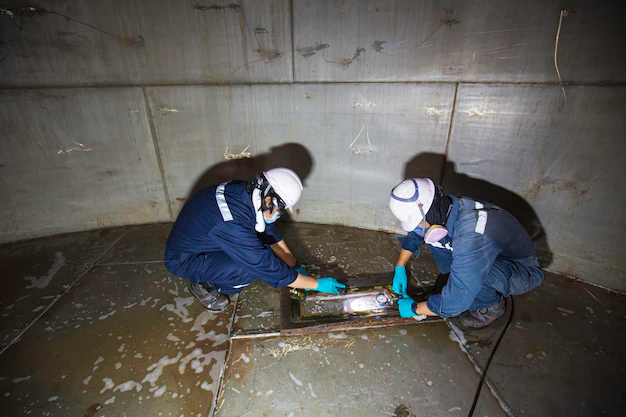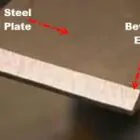This welding method is used in many fields, such as aerospace, electronics, and car manufacturing. All welding processes work best when two different kinds of metal wires need to be joined. this blog is about how cold welding is useful.
Cold welding is best for putting wires underground when there is a risk of flammable gases bursting into flames during fusion welding.
This is a great way to seal containers with explosives that would otherwise be damaged by heat. People think that cold welding is used in places where heat could do more damage or be dangerous.
What does it mean to “cold weld”?
With this method, two pieces of metal are joined at the temperature of their surroundings, without the use of heat or electricity. When the force is used on the metal samples, it smooths out the surfaces and gets rid of rough spots. But the main reason to apply pressure is to make the atoms on the metal surfaces stick together more.
To start cold welding, the oxide layers on both pieces of metal must be removed. Every metal will get a thin layer of oxide on the outside, which makes the pure metal inside unreachable. When the two dirty, oxidised copper pieces are pressed together, they won’t join.
When enough pressure is put on the metal after the surfaces have been cleaned well, the metal forms a uniform metallurgical bond. The new metal acts like a single piece close to the base metal. This needs to be very clean and have no bumps on the surface.
Most of the time, welding wires are the only way to get this level of uniformity. This is because the cold wire welding process drains out impurities almost perfectly and precisely.
Things you need for cold welding.
The main requirements are that the metal surfaces are perfectly clean and that the joint geometry is correct. Joint surfaces must be clean and flat, and free shapes should be both flat and irregular. Most of the time, degreasing, wire brushing, chemicals, etc. are used to get rid of the oxide layer and impurities.
Before using a wire brush to clean, you need to get rid of any oil or grease on the metal. This step is important because a brush could push these impurities deeper into the metals if it wasn’t done.
Once the oils are clean, we can move on to getting rid of the oxide layer. Depending on the type of metal, different bristle materials and brush types may be suggested.
Is it strong enough to cold-weld?
Yes, a cold-welded joint is just as strong as the original metal if it is done right and the right preparations are made. The strength of a joint made with cold welding depends on how the metal is made. Cold welding can’t make the metal stronger than it was before, like other methods of fusion welding can.
If surfaces aren’t cleaned well and often enough, the strength of the joints will be in danger. In situations like cold welding, where two pieces of wire are joined, it is easy to make a strong bond.





